Discover the rich history of neon signs and how LED technology has evolved as a major player in advertising.
History of neon signs and LED technology have revolutionized the world of illumination, leaving an indelible mark on our visual landscape. In this blog post, we will embark on a journey through history, tracing the evolution of neon signs and the emergence of LED technology. Join us as we explore the fascinating stories behind these illuminating innovations and their impact on various industries and our everyday lives.
The History of Neon Signs and LED Technology
1. The Birth of Neon Signs: A Bright Idea
The story of neon signs begins in the early 20th century when French engineer Georges Claude developed the first neon lamp. In 1910, the first commercial neon sign was displayed in Paris, captivating audiences with its vibrant glow. Neon signs quickly gained popularity for their mesmerizing beauty and became synonymous with bustling city streets, vibrant nightlife, and iconic storefronts.
2. Advancements in Neon Technology: Colors and Creativity
Over the years, advancements in neon technology allowed for the creation of a broader spectrum of colors. By introducing different gases and coatings, neon signs could display a range of hues, expanding the creative possibilities for designers and businesses alike. The distinctive glow of neon signs became a symbol of creativity, attracting attention and adding a touch of magic to various urban landscapes.
3. The Rise of LED Technology: A Brilliant Revolution
In the latter half of the 20th century, Light Emitting Diode (LED) technology emerged as a groundbreaking innovation in the field of lighting. While neon signs held their charm, LED technology brought forth a new era of illumination. LED lights offered numerous advantages, including energy efficiency, longer lifespan, durability, and greater design flexibility. These qualities made LED lights a versatile and sustainable choice for various applications.
4. LED Neon Signs: A Modern Twist on a Classic Look
With the advent of LED technology, neon signs underwent a transformation. LED neon signs became a popular alternative to traditional neon signs, offering the same vibrant and captivating glow with the added benefits of energy efficiency and enhanced design possibilities. LED neon signs can now be customized to fit any shape or color, allowing businesses and individuals to create unique and eye-catching signage that reflects their brand or personal style.
5. Integration into Everyday Life: From Architecture to Art
The influence of neon signs and LED technology extends beyond commercial spaces. These illuminated marvels have found their way into various aspects of our everyday lives. From architectural lighting that enhances the beauty of buildings to art installations that captivate audiences, neon signs and LED technology continue to inspire and evoke emotions through their radiant presence.

In conclusion, neon signs have a rich history and have played an important role in advertising for over a century. While LED technology has emerged as a powerful competitor in recent years, neon signs remain a beloved and iconic part of many cities’ landscapes. As technology continues to evolve, it will be interesting to see how both types of signage continue to adapt and compete in the years to come.
Looking for more about LED neon signs? Check out our blog post about ‘‘LED neon signs in popular culture: a look at iconic examples” and “Are LED Neon Signs Energy Efficient“

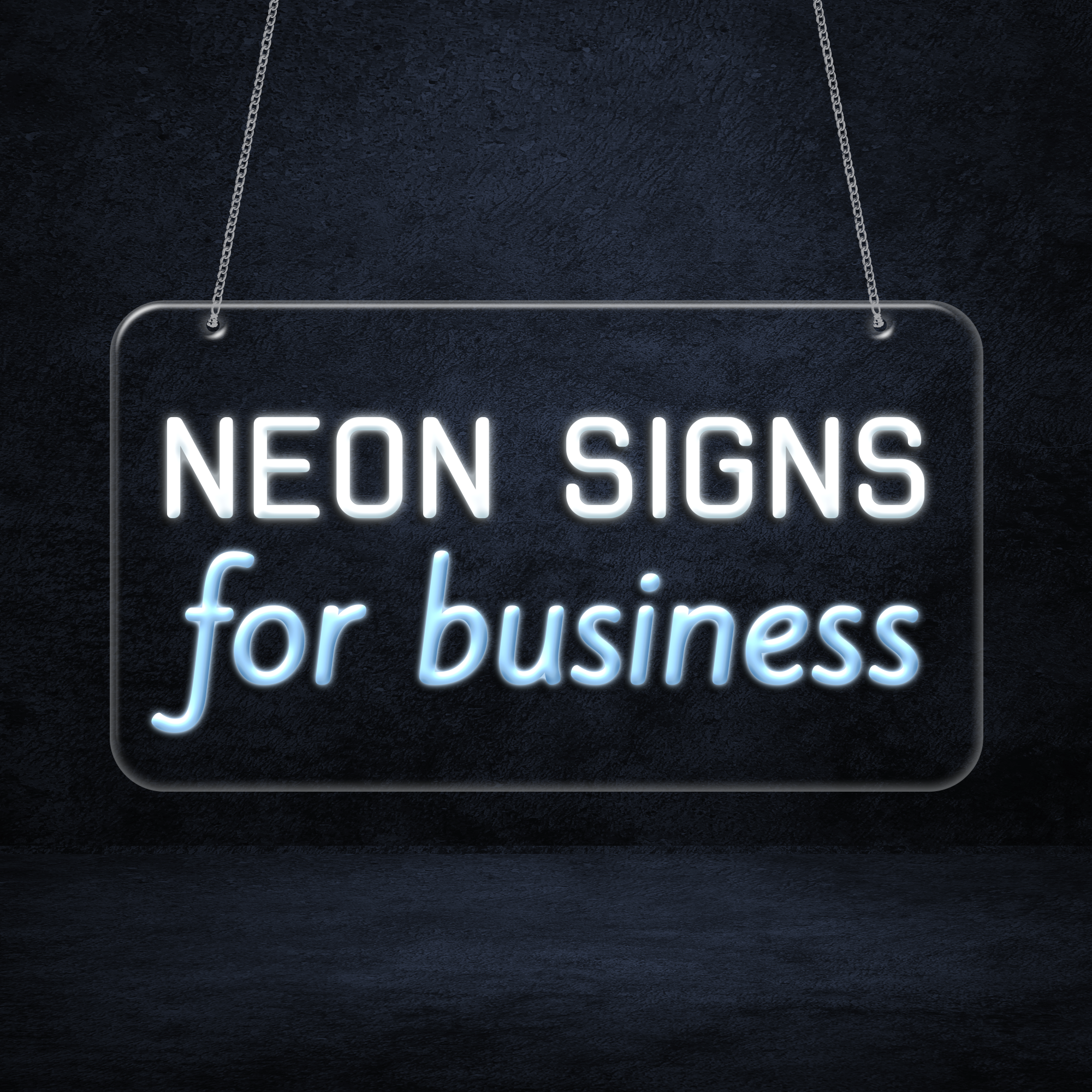



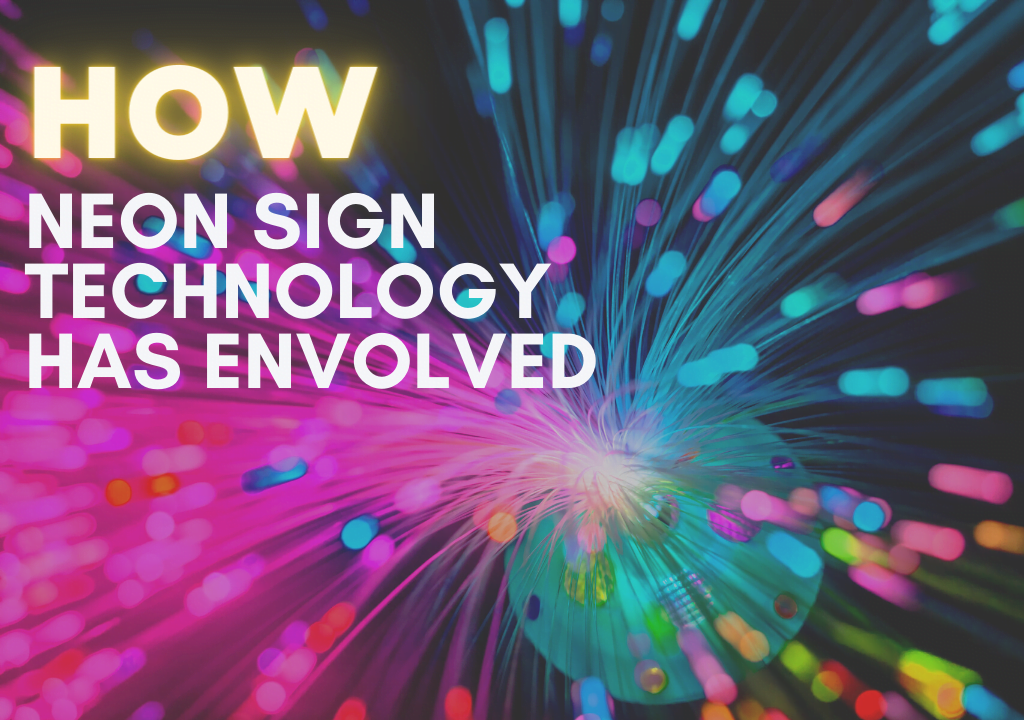
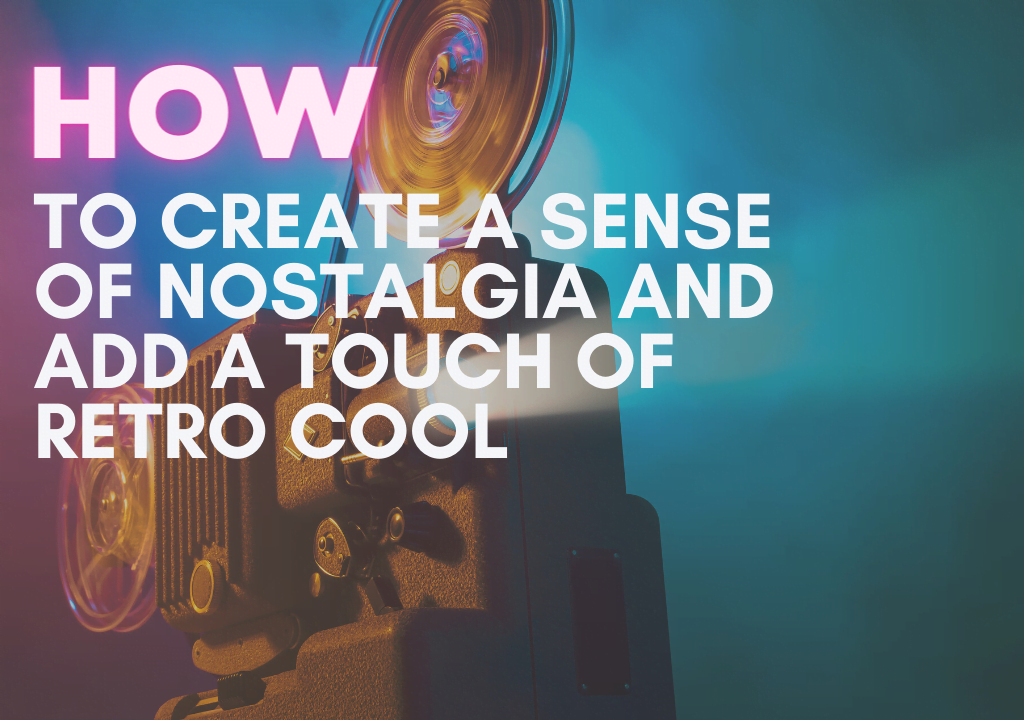


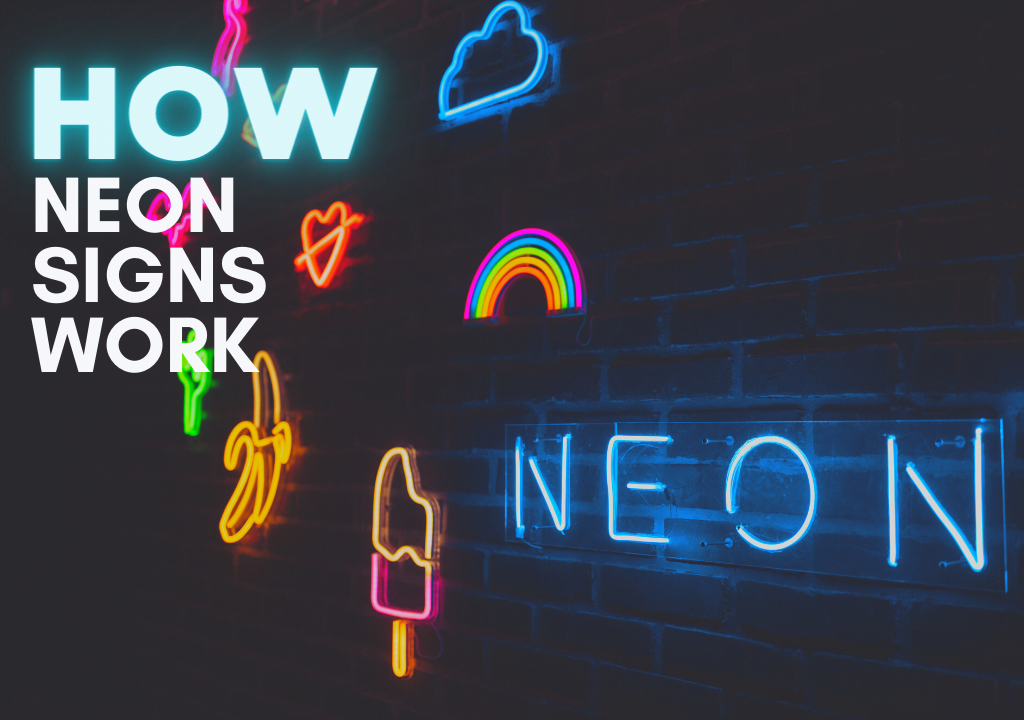


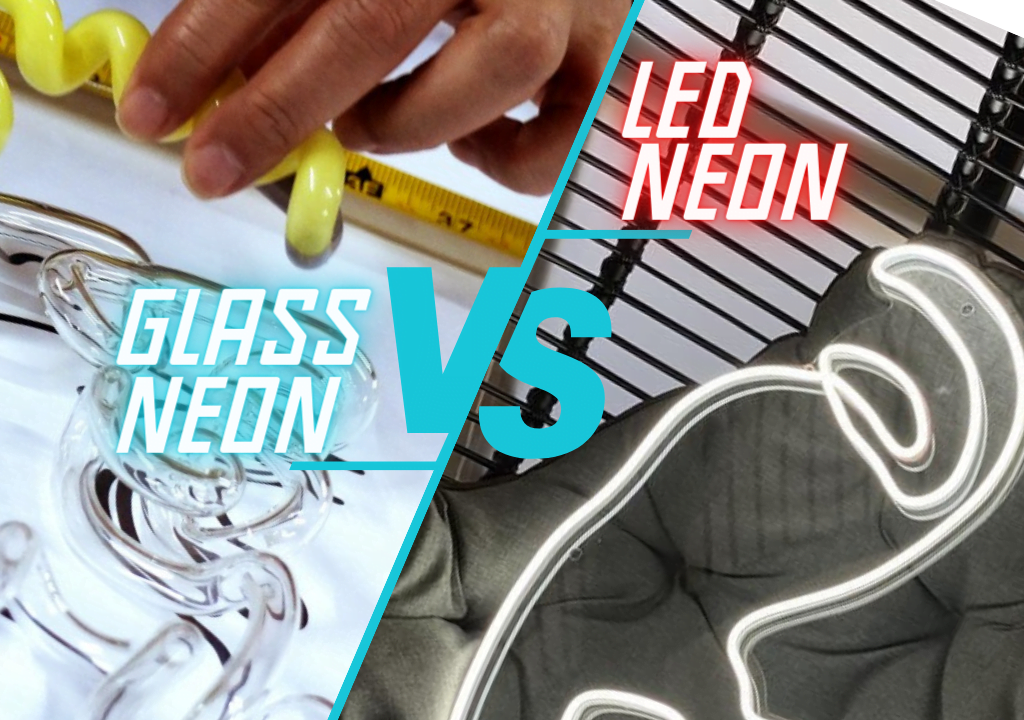
2 thoughts on “Neon signs and LED technology history”
-
Pingback: The Psychology of Color in LED Neon Signs - EUneon
-
Pingback: Comparing Efficiency of Glass vs LED Neon Signs - EUneon
This site uses User Verification plugin to reduce spam. See how your comment data is processed.